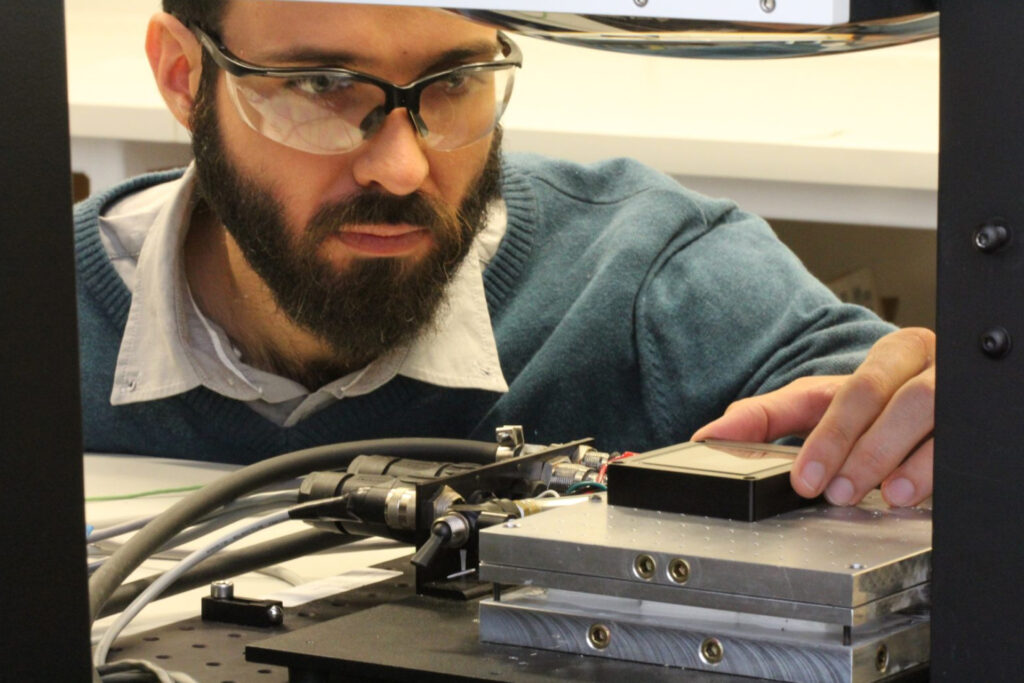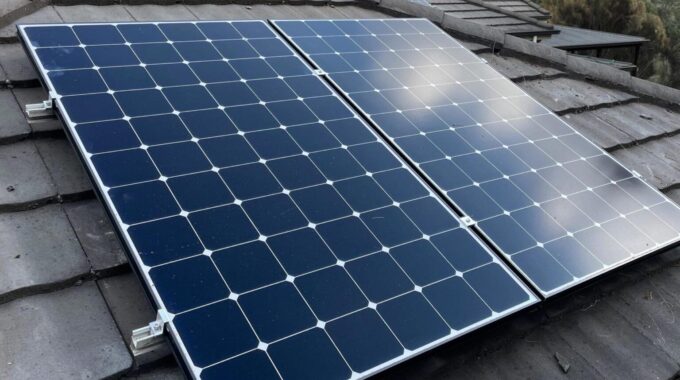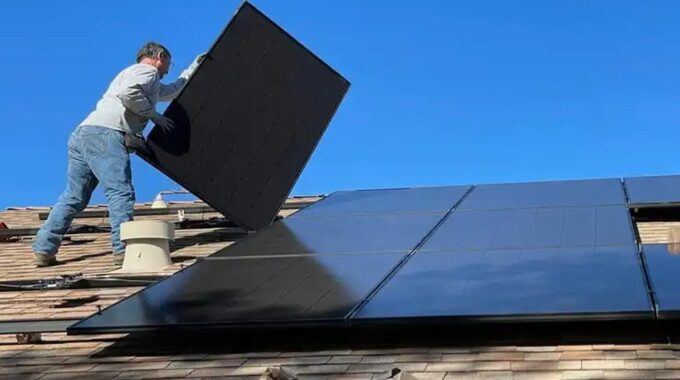After Raising $100 Million in Capital, Bluestar Enters the Australian Market for Solar, Wind, and…

Australian researchers improvements in solar window technology
A team of Australian researchers has produced next-generation perovskite cells with a conversion efficiency of 15.5%. This increases the stability of the ‘solar window’ while allowing more natural light to pass through.
The researchers, who are based at Victoria’s Monash University and the Commonwealth Scientific and Industrial Research Organisation (CSIRO), had previously developed semi-transparent perovskite solar cells (ST-PeSCs). These cells allow 10% of visible light to pass through, while simultaneously achieving a 17% power conversion efficiency. Non-transparent silicon rooftop cells operate at about 20% efficiency.
A new team, led by Professor Jacek Jasieniak from Monash University’s Department of Materials Science and Engineering, has now developed new formulations of cells for a solar window using a combination of Caesium and Formamidinium in the initial perovskite composition that has increased the stability of the ST-PeSCs while allowing more visible light to pass through.

With this perovskite compound, different prototype cells have achieved power conversion efficiencies of 15.5% and 4.1%, which have an average visible transmittance of 20.7% and 52.4% respectively.
Jasieniak said that while the power conversion rates are lower than previous results, the amount of visible light passed through the cells is now approaching levels suited to glazing, increasing their potential to be used in a wide range of real-world applications.
He said that “this work provides a major step forward towards realizing high efficiency and stable perovskite devices that can be deployed as solar windows to fulfill what is a largely untapped market opportunity.”
“Besides improvements in device performance and transparency, the Caesium and Formamidinium ST-PeSCs had also demonstrated excellent long-term stability when tested under continuous illumination and heating, which mimics the conditions the devices would encounter in real-world use,” said the researchers, members of the Australian Research Council (ARC) Centre of Excellence in Exciton Science.
The Advanced Science journal published research results that show Caesium and Formamidinium-based ST-PeSCs maintaining 85% of their initial power conversion efficiency after 1,000 hours under continuous illumination, making them attractive candidates for scalable device manufacturing.
As solar glazing is still in its infancy in terms of real-life applications, it is being increasingly considered by developers.
ClearVue has inked a deal to complete its first commercial installation in the United States, while Victorian architecture firm Kennon recently announced plans to clad an eight-story building being constructed in West Melbourne using a “solar skin” which will generate almost all of the building’s base power.
Earlier this month, ClearVue announced that it had signed a letter of intent with the private investment company LabReal to install its transparent solar glass technology at an office building under construction in Atlanta, Georgia.
ClearVue PV glazing will be used in the project, which is expected to start in the fourth quarter of 2022. The project will utilize 250 sq. mt. of ClearVue PV glazing.
“The project is the company’s first commercial installation in North America and will serve as a reference site for securing larger sales in the region,” said ClearVue executive chairman Victor Rosenberg.
“This new ClearVue technology represents a big change in the way glass will be used in building construction,” he said.
The glass will no longer just be construction material, but also a renewable source of energy and a key element in decarbonizing construction – both for refurbishments and new builds.
The Atlanta project will be a key reference site for the company in this target territory, demonstrating our capability.



